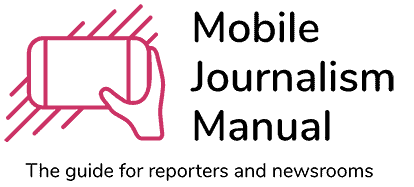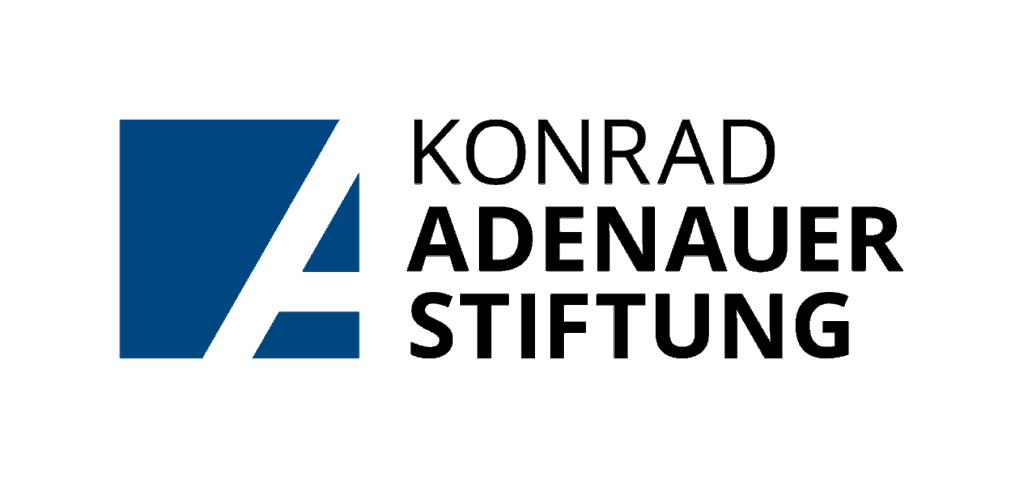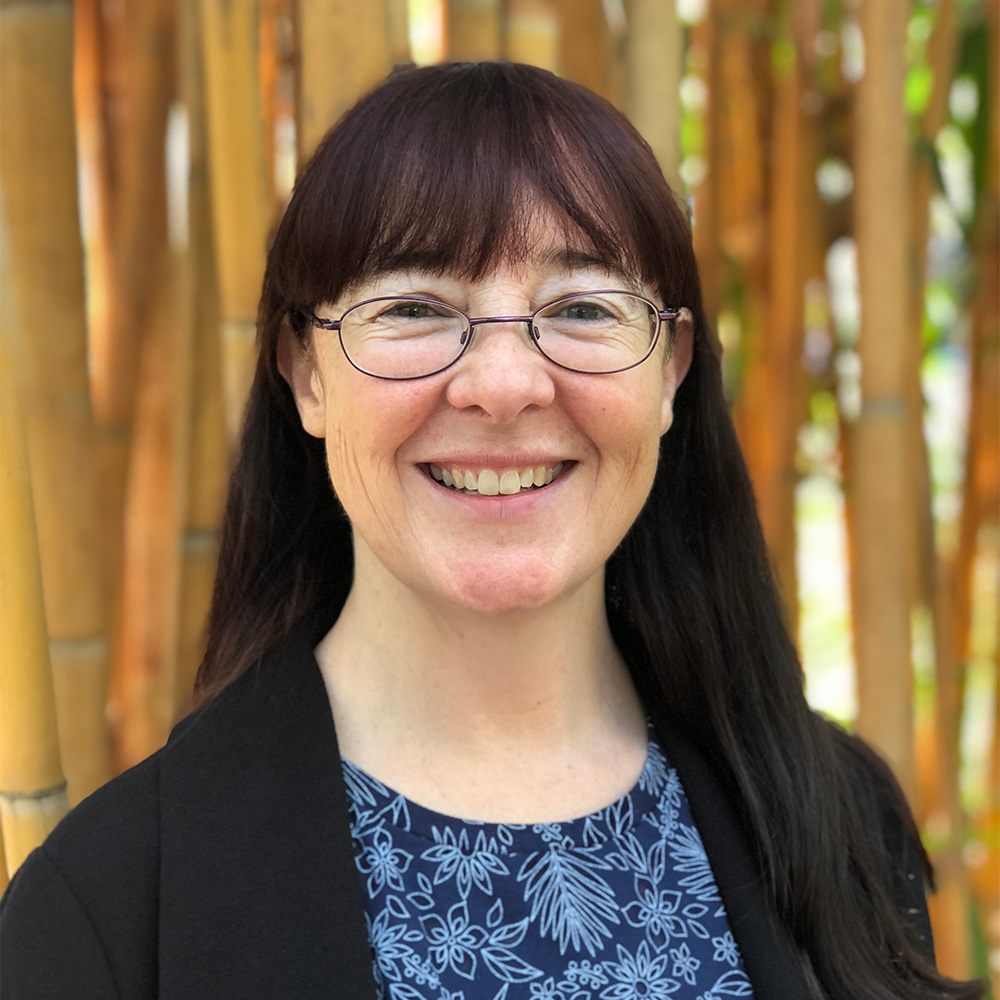Audio Story Formats
Before the digital era, you needed to work in radio to do audio journalism, but nowadays it takes many forms:
Radio News:
Most commercial and public radio stations have an hourly news bulletin, usually between 5-10 minutes’ duration. Each bulletin contains stories of 30-45 seconds’ duration, which are written in a concise, factual style and read aloud by a news presenter.
Examples of radio news bulletins include:
Current Affairs:
These shows cover news stories in more depth, and typically include interviews by presenters with newsmakers and analysts. They may also include “packages” of 3-5 minutes in length, which present different perspectives through excerpts from multiple interviewees.
Examples of current affairs radio shows and podcasts include:
- AM, ABC Radio National
- The Jeremy Vine Show, BBC Radio 2
- Newshour, BBC World Service
- All Things Considered, NPR Radio
- In Focus, The Hindu Newspaper
Specialist Shows:
There’s a radio show or podcast providing insights and updates for practically any specialist topic you can imagine. Specialist shows are made by radio stations, newspapers, TV stations, magazines, and digital-only media outlets – and by businesses, NGOs, and members of the public.
Examples of specialist shows include:
- Living Planet, Deutsche Welle – environmental stories
- Pop Chat, CBC Canada – popular culture
- Crowd Science, BBC – science issues
- Planet Money, NPR – finance and investment
- Football Weekly, Guardian – UK soccer news
- No Denying It, United Nations – climate change news
Audio Documentaries and Series:
Some topics lend themselves to a documentary or series radio show or podcast. This allows a subject to be explored from a variety of angles, and to include a large number of interviews. Documentary subjects can include investigative reports, true crime, and long-form features.
Examples of audio documentaries and series include:
- Floodlines, The Atlantic – a series about Hurricane Katrina
- Rabbit Hole, New York Times – a series about society and the internet
- Learning on Country, ABC – a documentary about Indigenous knowledge
How Do Podcasts Differ from Radio?
Radio and podcasts may have similar content, but podcast technology is different. You subscribe to a podcast via a directory like iTunes, Spotify, Google Podcasts, and so on.
Your podcast audio file is uploaded as an MP3 to an audio host site like BuzzSprout, Podbean, Acast or Libsyn. New uploads generate an RSS feed, which passes information about your show to podcast directories so listeners know when to listen to the latest episode.
This means listeners deliberately choose to listen to your show. That means they’re more likely to be interested in or passionate about the topic. This makes it possible to build a strong community around your show and interact regularly with listeners via your website, social media, and even real-life events.
Podcasts that have built a strong community include:
- Serial – a true crime series
- Stuff You Should Know – general knowledge
- The Moth – a podcast about storytelling
What is ‘Social Audio’?
Social audio is a conversation you can tune into from a social audio app like Clubhouse or Twitter Spaces. These are smartphone apps for IOS and Android. Once you open the app, you can explore current and scheduled conversations. You can listen to the host and people they’ve chosen as interviewees, and you can often request to join in.
These platforms are useful to build your skills as an interviewer, and to see if there is enough interest in a topic for a regular podcast. You can also record your Twitter Space or Clubhouse and use it later as an entire podcast, or inserts for a podcast or radio show.
These guides will get you started:


